Acclaimed Indian architect Balkrishna Doshi will receive the Royal Gold Medal 2022, one of the world’s highest honours for architecture.
Given in recognition of a lifetime’s work, the Royal Gold Medal is approved personally by Her Majesty The Queen and is given to a person or group of people who have had a significant influence on the advancement of architecture.
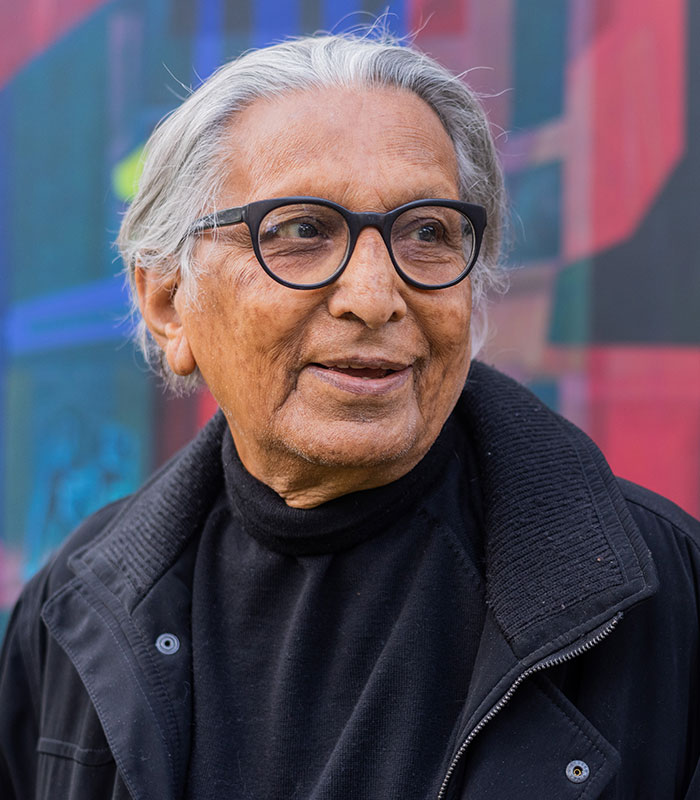
With a 70 year career and over 100 built projects, Balkrishna Doshi has influenced the direction of architecture in India and its adjacent regions through both his practice and his teaching. His buildings combine pioneering modernism with vernacular, informed by a deep appreciation of the traditions of India’s architecture, climate, local culture and craft. His projects include administrative and cultural facilities, housing developments and residential buildings. He has become internationally known for his visionary urban planning and social housing projects, as well as his work in education, both in India and as a visiting professor at universities around the world.
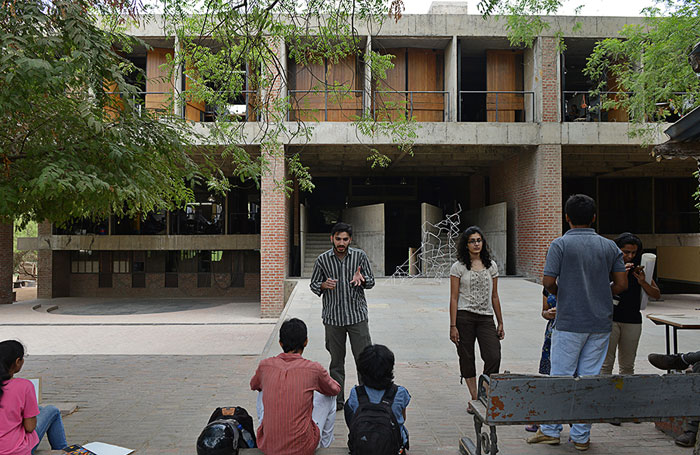
Doshi’s key projects include: Shreyas Comprehensive School Campus (1958-63), Ahmedabad, India; Atira Guest House (1958), Ahmedabad, India, low cost housing; The Institute of Indology (1962), Ahmedabad, India, a building to house rare documents; Ahmedabad School of Architecture (1966, with additions until 2012) - renamed CEPT University in 2002 - which focused on creating spaces that promoted collaborative learning; Tagore Hall & Memorial Theatre (1967), a 700 seat Brutalist auditorium in Ahmedabad, India; Premabhai Hall (1976), Ahmedabad, India, former theatre and auditorium; Indian Institute of Management in Bangalore (1977 – 1992), a business school; Sangath (1981), the studio for his architecture practice, Vastu Shilpa; Kanoria Centre for Arts (1984), an arts and creative hub; Aranya Low Cost Housing (1989), Indore, India, which won the Aga Khan Award for Architecture in 1995 and Amdavad ni Gufa (1994), a cave-like art gallery that exhibits the work of artist Maqbool Fida Husain.
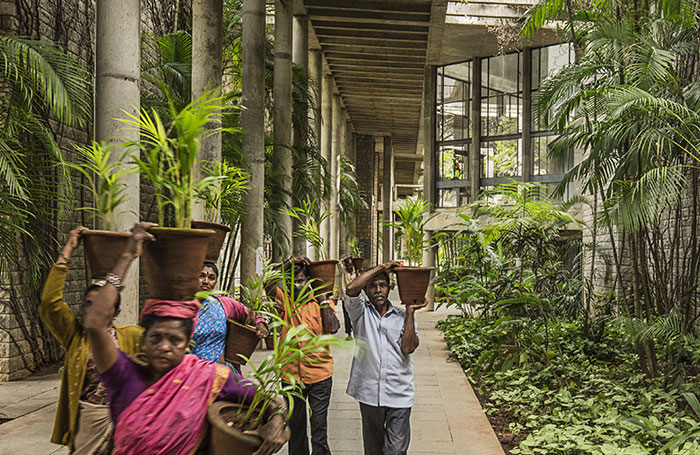
On hearing the news that he will receive the Royal Gold Medal in 2022, Balkrishna Doshi said:
“I am pleasantly surprised and deeply humbled to receive the Royal Gold Medal from the Queen of England. What a great honour! The news of this award brought back memories of my time working with Le Corbusier in 1953 when he had just received the news of getting the Royal Gold Medal. I vividly recollect his excitement to receive this honour from Her Majesty. He said to me metaphorically, ‘I wonder how big and heavy this medal will be.’ Today, six decades later I feel truly overwhelmed to be bestowed with the same award as my guru, Le Corbusier - honouring my six decades of practice. I would like to express my heartfelt gratitude to my wife, my daughters and most importantly my team and collaborators at Sangath my studio.”
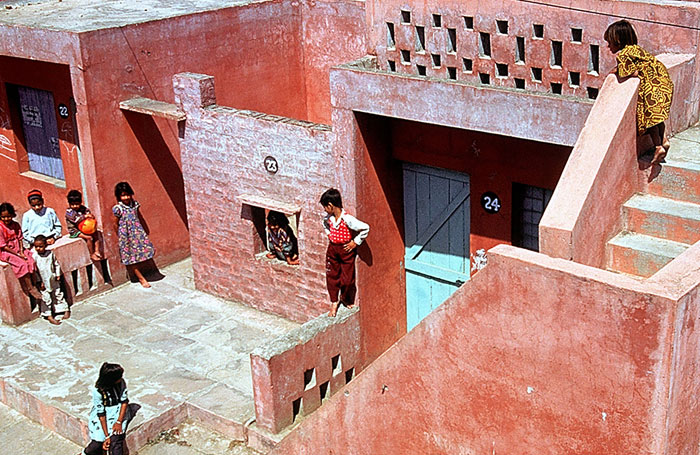
RIBA President Simon Allford said:
"It was an honour and a pleasure to chair the committee in selecting Balkrishna Doshi as the 2022 Royal Gold Medallist. At ninety-four years old he has influenced generations of architects through his delightfully purposeful architecture. Influenced by his time spent in the office of Le Corbusier his work nevertheless is that of an original and independent thinker – able to undo, redo and evolve. In the twentieth century, when technology facilitated many architects to build independently of local climate and tradition, Balkrishna remained closely connected with his hinterland: its climate, technologies new and old and crafts.
Balkrishna Doshi’s outstanding contribution to the art of architecture, the craft of construction and the practice of urban design establish him as a most deserving recipient of this award and I greatly look forward to him being presented with the medal next year.”
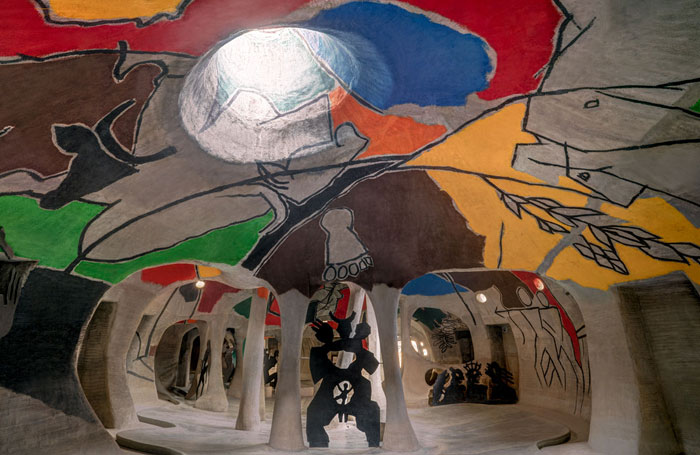
Born in 1927 in Pune, India, to an extended family of furniture makers, Balkrishna Doshi studied at the J J School of Architecture, Bombay, before working for four years with Le Corbusier as Senior Designer (1951-54) in Paris and four more years in India to supervise projects in Ahmedabad. He worked with Louis Kahn as an associate to build the Indian Institute of Management, Ahmedabad, and they continued to collaborate for over a decade. He founded his own practice, Vastushilpa in 1956 with two architects. Today Vastushilpa is a multi-disciplinary practice with five partners spanning three generations and has sixty employees. The practice invites dialogue and its philosophy of pro-active participation even applies to their office space – which has an open door, inviting passers-by to drop in.
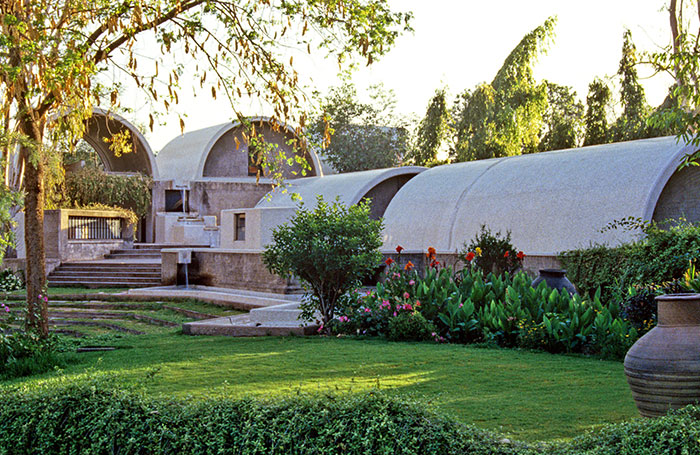
Sangath, Architects studio, Ahmedabad, India / Vastushilpa Foundation
The 2022 Honours Committee, who selected the Royal Gold Medallist was chaired by RIBA President Simon Allford and comprised of architects Alison Brooks and last year’s Royal Gold Medal recipient Sir David Adjaye OBE, architect and academic Kate Cheyne and cultural historian and museum director Dr Gus Casely-Hayford OBE.


